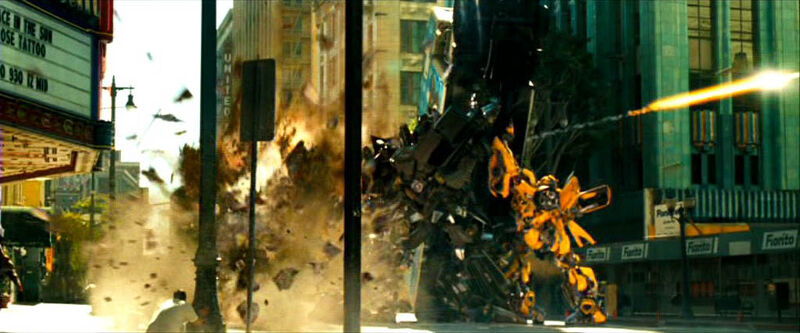I've just finished re-drafting Kett's book, and while I've blogged below on the changes to Bael's and Kett's characters, I haven't mentioned much of the plot. It did need some changes, because as my editor pointed out it started with one plot, dropped it for a second plot, then dropped that to pick up the first again. Clearly, this made no sense.
So, I sat and tried to work out what each plot point was there for. Did it advance the characters' growth, motivations, conflicts? Did it develop the romance? Or was it just for my own ends, to move the characters about and get them into place for the big set pieces? (see my rant on the end of the Transformers movie for reasons why this is a bad device to use. Yes, the entry starts about Buffy. It moves on to Transformers. Just scroll down to the picture of things exploding.)

For plot A, which begins with Kett and Bael chained up together in a cave, complete strangers with no knowledge of how they got there, the answer was that most of it was there to develop the characters and their relationships not just with each other, but with other secondary characters. Part of Kett's development is accepting her place within her family, which isn't very conventional, and part of Bael's is coming out of denial about his heritage, which is dark and complicated.
But plot B? This concerned Kett helping her cousin Chance, heroine of Almost Human, to track down some teenagers her father, Striker, had been experimenting on. I'd originally intended this to be a lot more involving than it was, but when I looked back over it, I realised it was only there as a device to move Kett and Bael into various situations, most specifically the one that brings on their big black moment.
I realised that with a little rewriting, I could more or less lift out Plot B in its entirety. All I needed to do was work out if my characters really needed to be put into these situations or not, and whether there might be another reason for them to be there, one that might have grown more organically from their conflict and development. The biggest problem was getting them into place for the black moment--which is quite complex, and I won't go into it here--but eventually I realised that their geographical relocation could be caused not by looking for one of Striker's teenagers, but by somebody who'd been held by a group called the Federación, and freed by Kett and Chance at the end of Almost Human.
Both Kett and Bael have come up against the devious and dangerous Federación, who have an interest in kidnapping and experimenting on paranormals. In fact, Bael suspects that the Federación were behind the whole cave thing in the first place. So it fits pretty neatly into the hole left by Plot B; even the theme of searching out a paranormal who's been experimented on.
Cutting out Plot B meant cutting out several characters, but I found I didn't miss them much. Towards the end of the book, they collectively take on the role of damsel--ie someone important to Kett who is in danger, who can be rescued by Bael, thus helping to prove his worth to Kett. Their place was easily taken by characters in a few early scenes who were never seen again.
That's just a couple of examples of plot-fixing. One or two scenes needed to be rewritten totally; in some cases it was just a line or two, or perhaps changing one name for another. But I remember back when I first submitted Almost Human that I was told there were far too many secondary characters. Some of them--such as Chance's parents, friends and former lovers--were integral to the plot. Quite a few of them could be cut without leaving a trace.
So, my advice for fixing a convoluted plot? Work out what's essential to the growth and development of the relationship between your characters, and get rid of the rest. If you find you're inventing a plot just to put in some spectacular set piece--whether it's a love scene or a fight--then that's the plot you don't need. Find another reason for the set piece, or take it out altogether.
No comments:
Post a Comment